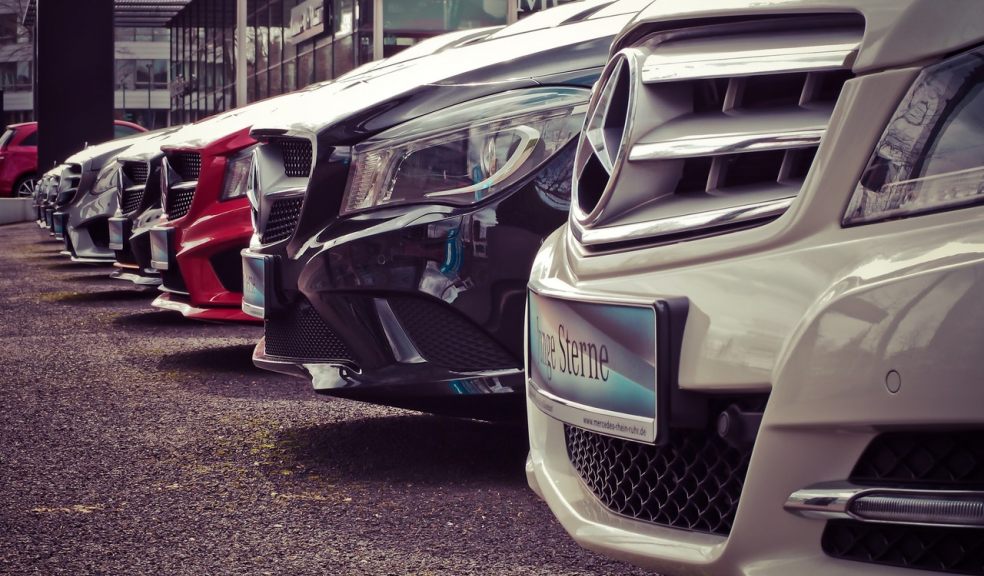
Will autonomous cars really take over the auto industry?
In some respects, the driverless vehicle revolution remains some way from realising its full potential and impacting on the consumer mainstream. At the heart of this is the relatively fledgling nature of the technology, with autonomous test vehicles and pioneers such as Uber having previously been involved in high profile fatalities.
However, given the level of investment that major tech brands have made in autonomous vehicle technology, it seems inevitable that driverless cars will eventually take over the global auto industry while also revolutionising the private vehicle hire sector.
We’ll explore this further below, while asking how long it will be before driverless cars are out on the road.
How will Driverless Cars Impact on the Auto Industry?
Technological innovation is central to any progressive society, as brands and market leaders invest in disruptive solutions that create new opportunities and marketplaces.
This principle is embodied by the drive to create autonomous vehicles, which are being developed by various technology giants and have the potential to impact on various industries including automotive sales, public transport and insurance.
In California, it has also been forecast that up to 600,000 driving jobs across a number of trades will die off due to automated technology, while these figures are considered to be conservative by most estimates.
We’ve already mentioned ride-sharing companies like Uber and Lyft, who are continuing to invest in their own driverless car technology and have openly accepted that this will cost thousands of driver jobs in the future.
Interestingly, the concept of ride and vehicle sharing is already having an impact on the auto sector, with the annual growth rate in automotive cars expected to decrease by about 2% annually by the year 2030.
Marketing Consultancy brand McKinsey & Company also predict that as many as one-in-ten new cars may be shared vehicles by this time, with this ratio increasing to one-in-three by 2050.
The Case for Autonomous Vehicles
In many ways, there’s also a compelling economic argument for car sharing and automated vehicles.
More specifically, it’s estimated that owning and maintaining a car costs the average household around $9,000 (£6879) per annum, while the majority of vehicles are only used for around 4% of the time.
Throw in the fact that traditional cars continue to depreciate in value from the time that they’re purchased, and the financial benefits of shared driverless vehicles become apparent for all to see.
It’s also fair to say that ride-sharing technology has begun to bring these economic benefits to the attention of drivers, and this will only serve to accelerate the adoption of autonomous vehicles once the technology has achieved the requisite level of sophistication.
The Last Word
It’s also fair to say that modern vehicles already feature a certain level of automation, with various Ford, Vauxhall and Peugeot models equipped with adaptive cruise controls that reduce speed in order to maintain a safe distance between cars.
With this in mind, it’s likely that the next decade will see the world’s first fully automated vehicles enter the mainstream, which in turn will accelerate the development of driverless cars and networks in which they can operate.
So, rather than asking whether or not automotive vehicles will ever realise their potential, automotive brands would be better served by revising their business models and investing in their own driverless technology. This will help them to meet the challenge head-on and avoid becoming victims of progression in a fast-evolving marketplace.

















